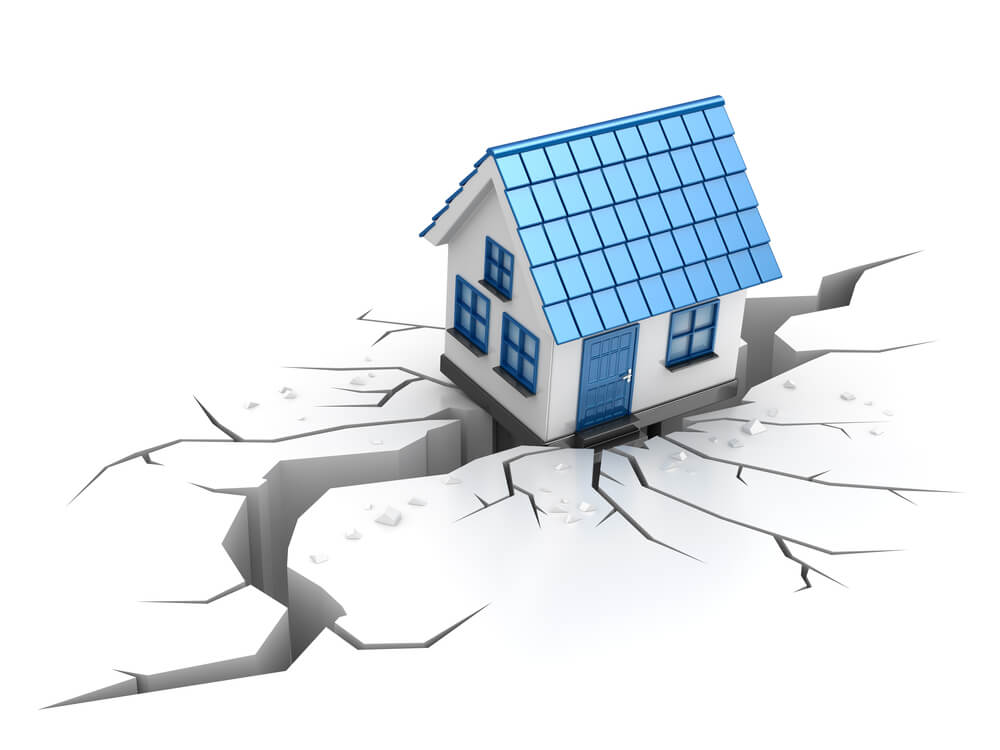Important Facts about Earthquake Insurance: What You Need to Know

Thousands of earthquakes happen around the world each year. If you live near a fault line, you should make sure you have proper earthquake insurance. It likely is not included in your basic homeowners insurance plan, especially if you live in an area prone to regular seismic activity. Here are important facts you should know about earthquake insurance.
The Basics of Earthquake Insurance
Earthquake insurance is usually an add-on to a homeowners or renters insurance policy. It covers damage to your property and belongings caused by seismic activity, regardless of how it rates on the Richter scale. This endorsement for regular homeowners or renters insurance policies can usually be found through an earthquake insurance specialist. Keep in mind that special insurance policies are designed for areas where fracking occurs, which can trigger tremors and quakes.
Will Homeowners or Renters Insurance Cover Earthquakes?
Neither homeowners nor renters insurance typically covers earthquakes. Because earthquakes lead to massive insurance payouts, insurance companies need to craft policies that specify the risks and damages from earthquakes. Homeowners and renters policies cover the basics, whereas major catastrophes, particularly those that reoccur in cycles, require extra coverage.
Extent of Coverage
Although earthquake insurance does not pay for floods, sinkholes, vehicle damage, or fires, it does provide the following coverage:
Dwelling coverage: pays for damage to the home and other property structures such as a swimming pool.
Personal property coverage: provides a payout to repair property damages.
Loss of use coverage: reimburses you for expenses involved with staying at an alternative location, such as a hotel and meals.
How Much Does It Cost?
It’s common for earthquake insurance policies to come with high deductibles, especially in cities built above fault lines. The deductible can be as high as 20 percent of your dwelling coverage limit. That means if you have a dwelling coverage limit of $250,000 and you filed a claim for that amount, you will pay up to $50,000 as a deductible before your policy covers the rest.
Who Needs Earthquake Insurance?
You need earthquake insurance if you live in a region with a history of seismic activity. The closer you live to a fault line, the more you need coverage. Remember that earthquakes and tremors often come as surprises, and sometimes even a small tremor can cause glass items to fall and break. Your monthly premiums will be based on several factors, including your zip code and proximity to a fault line, age of home, materials the home is made of, and rebuilding costs.
Currently, there are 43 states at risk of experiencing earthquakes, with 16 having high magnitudes that can cause widespread destruction. Although California is known for its earthquake history, only 13 percent of its residents carry earthquake insurance.
The Bottom Line
While high deductibles and premiums for earthquake insurance can cause homeowners and renters to pass on the coverage, it’s worthwhile coverage if you decide to live in California. You definitely need earthquake protection if you own expensive assets. Talk with an insurance expert who can answer your further questions about adding earthquake insurance to your policy. Contact our experts at Jack Stone Insurance Agency today to learn more!







